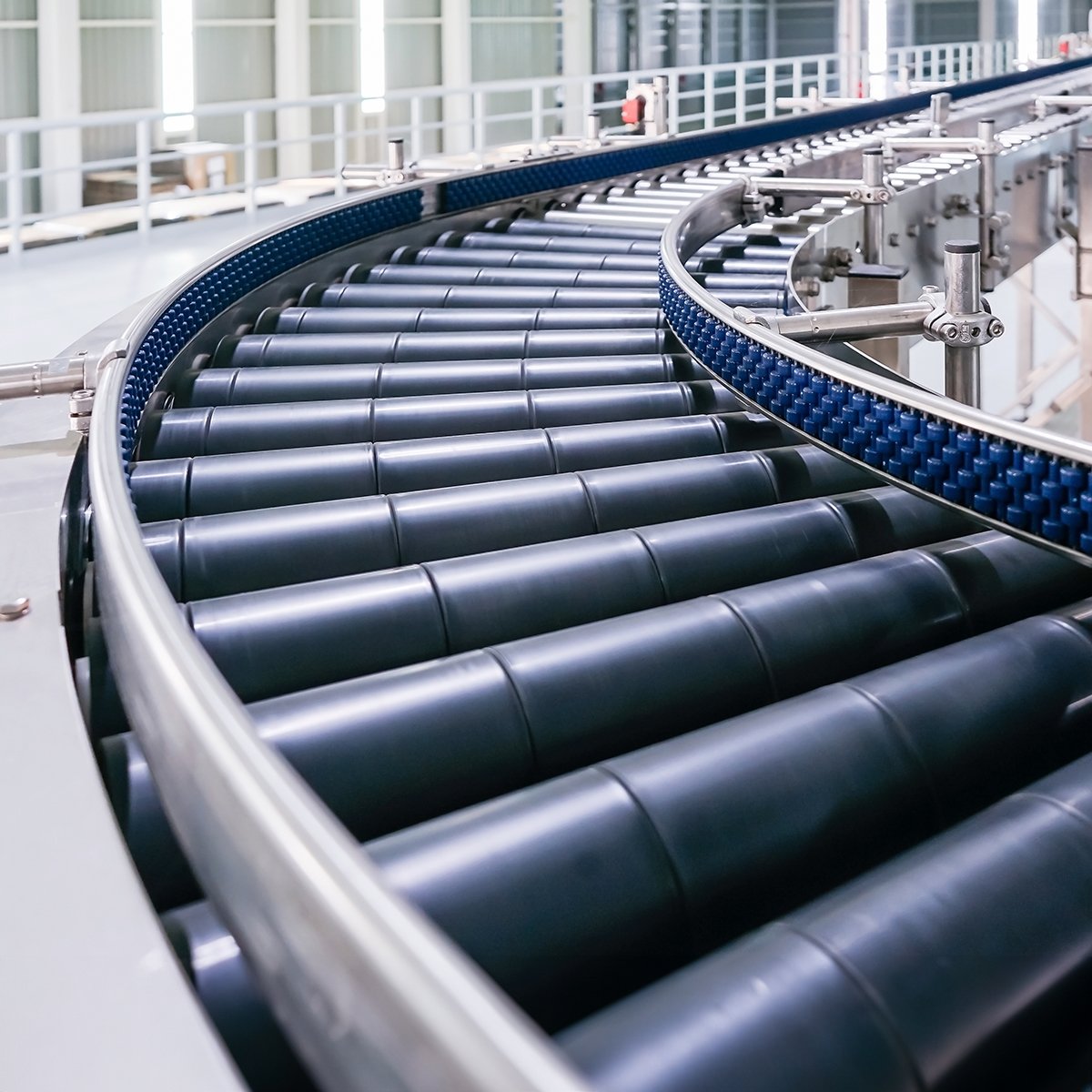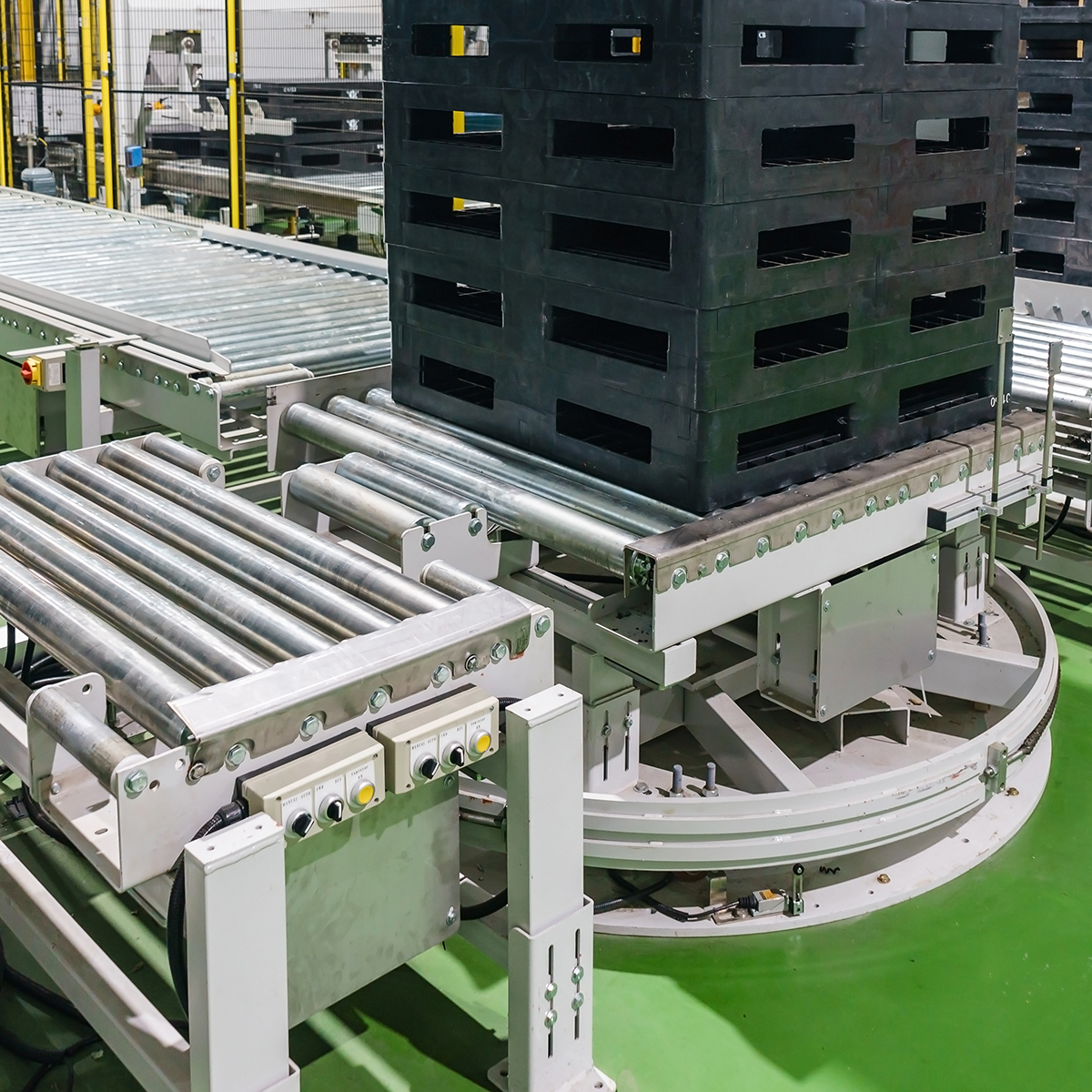- Home
- Services
- Conceptual Design
- Digital Twin Simulation & Emulation
- Manufacturing Flow Design
- Maveneer WxS™
- MavenSHIELD™
- Operational Assessment
- Operational Augmentation
- Process Standardization & Compliance
- Retrofit Design & Modernization
- Supply Chain & Inventory Management
- Supply Chain Network Analysis & Optimization
- Systems Integration
- Warehouse Optimization & Performance Monitoring
- WMS & WES Selection & Strategy
- Workforce Training & Development
- 3D Integrated Modeling
- Industries
- Solutions
- Autostore
- Automated Print and Apply
- Automation as a Service
- Autonomous Mobile Robots
- Automated Guided Vehicles
- Automated Storage & Retrieval Systems (AS/RS)
- Control System Integration
- Conveyor Systems
- Packaging Automation
- Palletizing
- Depalletizing
- Sortation Systems
- Microfulfillment
- Omnichannel Fulfillment
- eCommerce Fulfillment
- Order Picking
- Robotic Vision Systems
- Warehouse Execution Systems
- Warehouse Storage Racking Solutions
- Resources
- Company
Conveyor Systems & Equipment
Conveyor systems efficiently and ergonomically transport materials within facilities. They automate tasks, reducing manual labor and the risk of errors, leading to increased efficiency.
Maveneer partners with trusted conveyor system manufacturers to bring the benefits of automation to your warehouse:







What are Conveyor Systems?
Conveyor systems have emerged as indispensable tools for automating warehouse operations, streamlining the transportation, sorting, and accumulation of various products and materials. These conveyor systems can be seamlessly integrated into warehouse designs or employed for specific warehouse tasks, offering ergonomic and efficient solutions that reduce labor requirements and costs. Designed to handle a diverse range of material types, conveyors facilitate the movement, sorting, and accumulation of individual products, boxes, pallets, cases, totes, or eaches.
Types of Conveyors

TRANSPORTATION CONVEYORS
Transportation conveyors are used to move items from one location to another, without requiring rigorous manual labor. They’re most often used to handle lightweight items such as poly-bags or discrete "eaches", as well as cases or totes.. These conveyors ensure the efficient flow of products within the warehouse, optimizing overall operations.
Belted Conveyor. One type of transportation conveyor is a belted conveyor, that utilizes continuously moving belts to transport items along their surfaces. This type of conveyor system is used for handling small-medium sized products that require consistent, stable movement throughout the process.
Roller Conveyor. Another common type of transportation conveyor is a roller conveyor. Roller conveyors utilize a series of rotating cylinders, known as rollers, to transport items. These rollers are equipped to handle heavy materials or materials that are irregularly shaped. Because the rollers exert less friction than conveyor belts, roller conveyors are suitable for products that need to be manually rotated or adjusted throughout the process. Rollers are also more durable and adaptable than belt conveyors.
MOTORIZED DRIVE ROLLERS
Instead of one external motor like those found in belt and roller conveyors, motorized drive rollers have integrated motors within each of the rollers themselves, eliminating the need for additional drive mechanisms. These integrated motors reduce the complexity of the conveyor system, saving space, reducing the need for maintenance, and allowing for easier adaptability and customization. Motorized drive rollers are able to efficiently handle pallets, cases and totes that require precision and accuracy.


ACCUMULATION CONVEYORS
Accumulation conveyors play a crucial role in establishing buffer zones within the warehouse, allowing for the accumulation of products during temporary pauses in production or distribution. These conveyors can be further classified based on the applied pressure.
Zero Pressure. Zero pressure accumulation conveyors are equipped with sensors and controls to ensure that products do not come into contact with each other while accumulating. This gentle transportation approach minimizes the risk of damage or jamming.
Minimum Pressure. Minimum pressure accumulation conveyors maintain a slight contact between products during accumulation, ensuring product stability while minimizing the pressure exerted. This type of conveyor is ideal for applications where maintaining balance is crucial.
GRAVITY CONVEYORS
Gravity conveyors leverage inclined or declined surfaces to transport products without the need for external power. Commonly used for transporting boxes, totes, cartons, and similar items, these conveyors utilize gravity as the primary driving force.
PALLET CONVEYORS
Pallet conveyors are designed to handle pallets and pallet boards efficiently. These robust conveyors ensure reliable transportation, contributing to the seamless movement of large and heavy loads within the warehouse.

BENEFITS OF CONVEYOR SYSTEMS
Time Saving. Conveyor systems significantly enhance efficiency by automating material transportation. By eliminating the need for manual handling, these systems save substantial amounts of time, boosting overall productivity.
Minimized Service Interruptions. Conveyor systems ensure uninterrupted service by facilitating a continuous flow of products throughout the warehouse. This seamless operation minimizes interruptions and delays, optimizing productivity.
Reduced Manual Labor. By automating the transportation process, conveyor systems minimize reliance on manual labor. This reduction in labor requirements not only decreases costs but also allows human resources to focus on more critical tasks within the warehouse.
Increased Throughput. Conveyor systems enhance throughput by efficiently moving products from one location to another. With improved speed and accuracy, these systems maximize the overall productivity of the warehouse.
Improved Accuracy & Reduced Errors. Conveyor systems minimize the risk of errors associated with manual transportation. By providing consistent and controlled movement, these systems ensure accurate sorting and accumulation, reducing the chances of misplaced or mishandled products.
Enhanced Safety. Safety is a top priority in any warehouse environment, and conveyor systems excel in this aspect. With built-in safety features, including sensors, emergency stop buttons, and guards, these systems minimize the risk of accidents and injuries.
Trust Maveneer for Your Warehouse Solutions
Choosing the right conveyor system is pivotal for optimizing your warehouse operations. At Maveneer, we understand the nuances involved in this process and are dedicated to helping you implement a conveyor solution that meets your specific needs. Let us partner with you to streamline your logistics and improve your operational workflow.
WE'RE READY TO HELP
©2025 Maveneer, LLC All Rights Reserved. Sitemap.